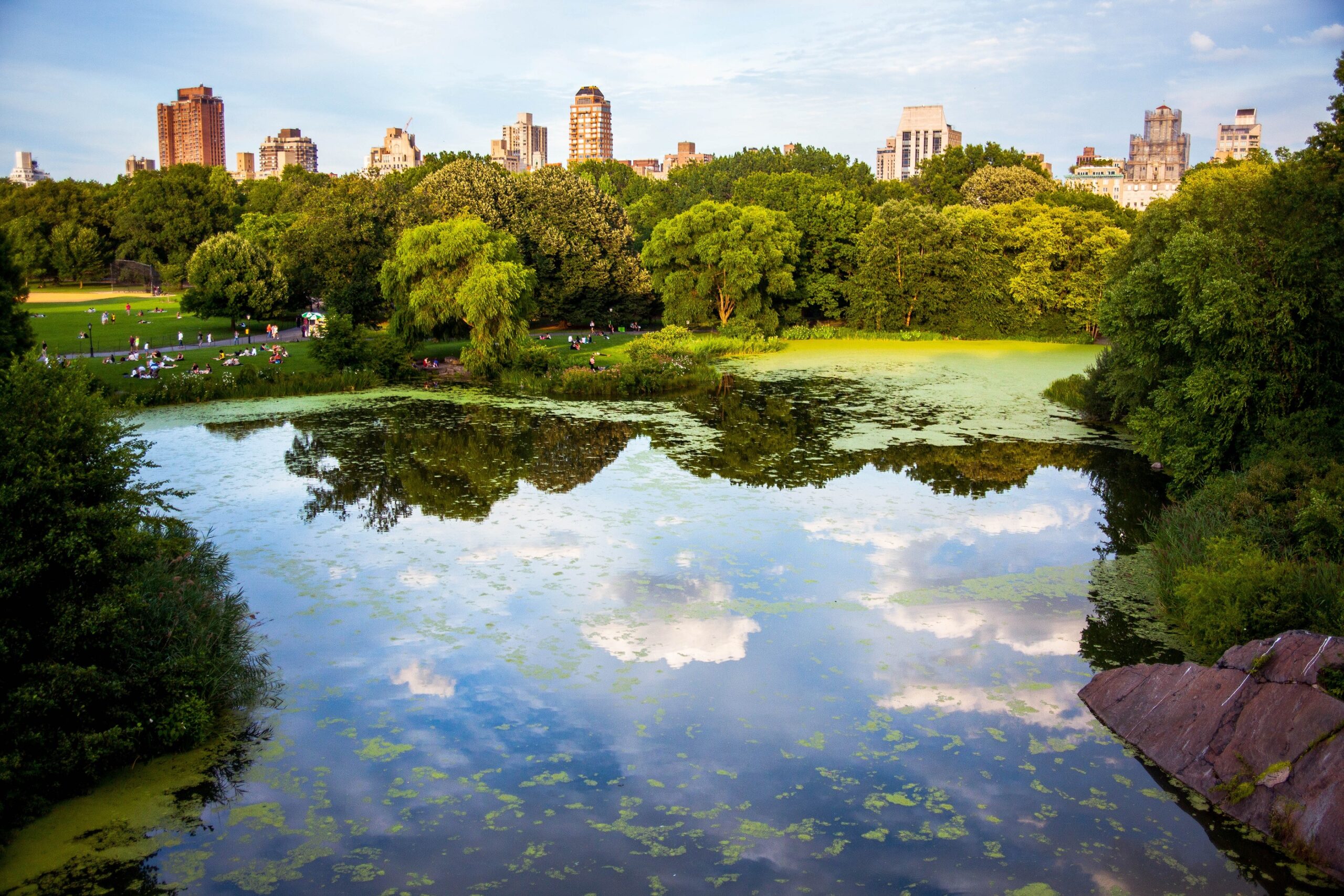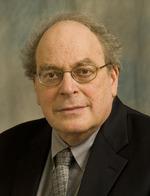
In recounting this tale about New York City, the Economist repeats an oft -told but groundless urban legend. The magazine has prestigious company. The National Science Board of the National Science Foundation (2005) notes on its Web site that New York City at a cost of about $1 billion “has opted to buy and restore the watershed, i.e., to let nature work for the people.” By purchasing and restoring natural ecosystems, the city, according to this account, avoided “building and maintaining a water purification and filtration plant” and thus “$6–$8 billion in capital costs, plus annual operating expenses of $300 million.” One can find the same story, with varying but similar figures, in many authoritative places, including a World Bank paper (Pagiola, von Ritter, and Bishop 2004, 51) and a National Research Council (2004) report.
The legend began in a 1998 commentary in Nature, a leading scientific journal. Graciela Chichilnisky and Geoffrey Heal, economists at Columbia University, stated, “In 1996, New York City invested between $1 billion and $1.5 billion in natural capital in the expectation of producing cost savings of $6–8 billion over 10 years . . . .” The authors explained that the city “floated an ‘environmental bond issue’ and will use the proceeds to restore the functioning of the watershed ecosystems responsible for water purification.” The article said that natural processes in the Catskills—“water purification processes by root systems and soil microorganisms, together with filtration and sedimentation during its flow through the soil,”—previously kept the water quality high, but “sewage, fertilizer and pesticides in the soil reduced the efficiency of this process to the point where New York City’s water no longer met EPA standards” (Chichilnisky and Heal 1998, 629–30).
Problems with the Story
While it is true that New York City draws most of its water supply from 1,600 square miles in the Catskills and Delaware watersheds, the Nature article, which includes no relevant sources or citations, appears otherwise incorrect. The watersheds act like huge cisterns to collect rain water, which is then captured in the reservoirs made by dams.
It is not clear that rain water needs to be purified or filtered by the Catskills ecosystem. Actually, rain water approximates distilled water, so impurities and surely pathogenic microorganisms are more likely to come from, rather than be removed by, the landscape onto which the rain falls. Fecal matter from wildlife, particularly deer and beaver, poses a significant pollution problem. According to a National Research Council (2000, 161, 197) study, “the background contamination from wildlife populations is apparent” in water flows, and it found that increases in fecal coliform bacteria, when observed in the principal reservoir, “coincided both temporally and spatially” with increases in waterfowl populations.
New York City has assured the safety of its water supply by traditional means, primarily by encouraging and helping watershed users to construct appropriate septic and sewage treatment facilities. Since 1910 the city has used chlorine to purify its water supply. The allegation that water quality had decreased—the claim that sewage, fertilizer, and pesticides had overwhelmed ecosystem processes responsible for water purification—is simply incorrect.
Contrary to the article in Nature, the quality of New York City water has not declined in recent years. Water at the reservoir source and drinking water in New York City remained in compliance with standards set by the Safe Drinking Water Act, and “[t]he Catskill/Delaware water supply currently meets all necessary criteria” (National Research Council 2000, 200).
If its water had not fallen from compliance with Environmental Protection Agency standards, why did the city face a choice between 1) investing “between $1 billion and $1.5 billion in natural capital,” supposedly the cost of purchasing and restoring the watershed, and 2) “building and maintaining a water purification filtration plant” at a capital cost of $6–$8 billion, plus running costs on the order of $300 million annually? The significant change took place not in the city or its watershed but in Washington, D.C.
A New Rule from the EPA
On June 29, 1989, the EPA promulgated the Surface Water Treatment Rule (SWTR). The SWTR required that every surface-water system serving more than 10,000 people, no matter how clean or safe its water, either filter that water or successfully petition to the EPA for a “filtration avoidance determination” (FAD). This requirement had nothing to do with New York City in particular; its water remained excellent. The SWTR applied nationwide and was intended largely to deal with
Cryptosporidium parvum, a microbe that survives chlorination. Arguably, C. parvum could become a problem in the Catskills watershed, where 350 wild vertebrate species flourish, many of which can act as carriers.
To comply with the SWTR, the city faced two alternatives. First, it could build a water filtration plant at a cost of $6 billion, with maintenance costs of $300 million annually, as the Nature article indicated. Because its water met high standards for safety and quality, the city had little to gain from this course. It had already begun to experiment with ultraviolet irradiation, moreover, a recognized alternative to the filtration of water containing C. parvum and other chlorine-resistant pathogens.
Second, the city could—and did—petition for a filtration avoidance determination. To obtain the determination, the city, in a Memorandum of Agreement signed on January 21, 1997, committed itself to partner with landowners and communities to build infrastructure to make sure that future economic development would not impair water quality.
In applauding these aspects of the agreement, the National Research Council committee (2000, 503) thought that “moderate population growth and a wide range of new economic activities can be accommodated in the watershed without deleterious impacts on water quality as long as . . . infrastructure investments now being planned are put in place.” These investments included subsidies for customary sewage, septic, and waste management systems. These investments make long-term precautionary sense, although the National Research Council (2000, 502) found “few signs that rapid increases in economic activity are likely in the region.”
These investments in infrastructure do not constitute the “environmental bond issue” Chichinilsky and Heal mention, the proceeds of which, they say, were to be used “to restore the functioning of the watershed ecosystems responsible for water purification.” A study of the archives of the New York City Municipal Water Finance Authority indicates no such bond issue, and a telephone interview (February 5, 2002) with the authority’s director of investment relations confirmed that there was none.
New York State did authorize the Clean Water, Clean Air Bond Act in 1997, which committed $1.75 billion to a variety of environmental projects statewide. The act earmarked no funds for land acquisition in the Catskills, though some of the money could have been or still might be used that way.
Why would the city consider preserving wildlife habitat or natural ecosystems as a method of protecting the quality of its water supply? To obtain the EPA’s approval, the city had to satisfy ecologists inside the EPA who believed, in the words of an Ecological Society of America (2001) report, that “preserving habitat in the watershed and letting the ecosystem do the work of cleansing the water” would be “just as effective as a new filtration plant.” Since there was no scientific consensus about the amount of wild habitat that is needed to disinfect rainwater, the city and the EPA had to make a political judgment about the number of acres the city would have to buy. In the memorandum, the city committed to buy no set amount of land but to solicit the purchase of 355,000 acres. The amount of habitat the city would actually have to preserve was left vague (New York City Dept. of Environmental Protection 1997).
“Nature Knows Best”
Since 1997, the city has made significant investments in dam and pipe renovations, waste-treatment, and septic-system improvement, as well as farm-operations enhancements in the Catskills area. The city has also attempted to begin work on a controversial $680 million water filtration plant it seeks to site in Van Cortlandt Park in the Bronx, and it is constructing a multibillion-dollar water tunnel project. In spite of the expectations of many environmentalists, it has not been as lavish in investments to preserve wildlife habitat and biodiversity as a method of purifying its water supply.
In April 2001, according to a newspaper report, an environmental group complained that the city “only secured a measly 36 acres of land surrounding the strategic reservoir—the Westchester County source for 90 percent of the City’s drinking water” (Newsday, April 21). In 2000, the EPA castigated the city for having bought only 17 undeveloped acres of the 1,000 available around a crucial reservoir in the Catskills system (New York Times, June 28, 2000). As of October 29, 2001, New York City had completed the purchase of only 17,250 acres across the entire watershed, most not by acquisition but through conservation easements. (A phone interview with city officials determined that as of the following February, only 19,200 acres had been purchased, at a cost of $63.8 million.) The city has capped at $260 million the amount it may eventually spend on acquisition.
Scientific and popular journals will continue to repeat the Catskills parable—the story that New York City decided to spend at least $1 billion to purchase and protect wild habitat as a means of cleansing its water supply. That this parable is factually false makes little difference since it teaches the “right” lesson. No better example has been found to show that wild or natural ecosystems benefit us more when left alone than when developed economically. Few of us want to acknowledge that we rely on technology to lift the cup of nature to the lip of consumption.
Few of us wish to admit that we benefit from nature not by preserving but by “improving” it—for example, by plowing a field, building a road, constructing a house, drilling a well, damming a river, farming a salmon or oyster, or altering a genome. Most of us would rather believe that Nature knows best. We will therefore repeat—as the Economist does—the Catskills parable even though it is factually false.
REFERENCES
Chichinilsky, Graciela, and Geoffrey Heal. 1998. Economic Returns from the Biosphere. Nature, February 629, 30.
Economist. 2005. Are You Being Served? April 23–29, 76–78.
Ecological Society of America. 2001. Issues in Ecology 9 (Spring). Online .
National Research Council. 2000. Watershed Management for Potable Water Supply: Assessing the New York City Strategy. Washington, DC: National Academy Press. Online.
——— 2004. Valuing Ecosystem Services: Toward Better Environmental Decision- Making. Online.
National Science Foundation. 2005. Environmental Science and Engineering for the 21st Century: The Role of the National Science Foundation, Box 1: Nature’s Services. Online New York City Department of Environmental Protection. 1997. New York City’s Water Supply System: Watershed Agreement Overview. Online.
Pagiola, Stefano, Konrad von Ritter, and Joshua Bishop. 2004. Assessing the Economic Value of Ecosystem Conservation. Environment Department
Paper No. 101. Washington, DC: World Bank, October.
Mark Sagoff is a senior research scholar at the Institute for Philosophy and Public Policy in the School of Public Policy at the University of Maryland, College Park. His most recent book is Price, Principle, and the Environment (Cambridge University Press, 2004). A longer version of this article appeared in the winter/spring 2002 issue of the Philosophical and Public Policy Quarterly.



